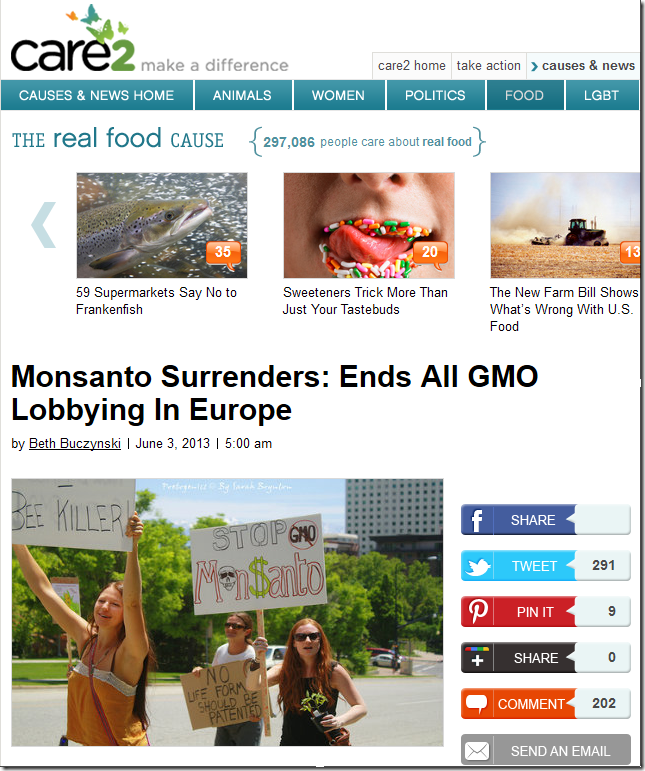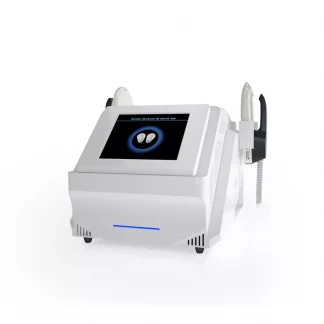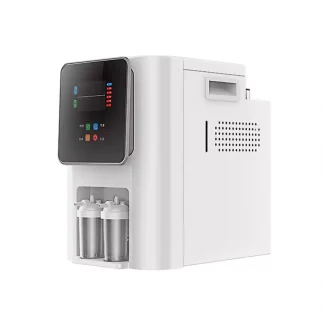
Marijuana is evil. In fact, it’s illegal to use one. Cigarettes and liquors are good, they’re legal stuffs you know.
Of course, that was then.
Now, people are beginning to understand that not all legally allowed stuffs are good. Remember, all that Hitler did were legal at that time.
All drugs are supposed to have gone clinical trials, double-blind testing, so on and so forth, yet why they are still deadly?
So, if you haven’t already done so, throw away those legal gobbledygook out of your mind and trust on your own experience. In my case, I have smoked marijuana after I finished my high school, for two straight years, and I was not addicted to it.
Marijuana is not a brain altering stuff. Cigarettes and liquors are. Meth and other manmade chemicals are worst.
These manmade chemicals, i.e. mind altering drugs, inhibit the brain from manufacturing its own endogenous morphine or endorphin. When it does, the brain will become dependent on the “morphine effect” of the manmade chemicals you are taking, that is how you get addicted.
When you stop taking these addictive chemicals, the brain will experience a shock, having forgotten how to create its own morphine for a long time. That’s how you get painful withdrawal symptoms which urge you to come back to chemical consumption.
If you want to avoid withdrawal symptoms, please download our eBook “Towards Healthcare Emancipation 2.x”. You’ll be glad you did.
Here’s that article…
Marijuana Compound Found Superior To Drugs For Alzheimer’s

Could the active ingredient in marijuana, responsible for its characteristic “high,” help turn the tide against the accelerating Alzheimer’s epidemic?
A remarkable study published in the journal Molecular Pharmacology in 2006, found that this long vilified plant contains a compound with not one, but two therapeutic properties ideal for addressing both the surface symptom (memory problems) and root cause (brain plaque) of Alzheimer’s disease.[i] This is an ironic finding, considering that the prevailing stereotype is that using marijuana “fries” the brain, leading to debilitating memory issues.
Researchers discovered that the psychoactive component of marijuana, Δ9-tetrahydrocannabinol (THC), both “competitively inhibits the enzyme acetylcholinesterase (AChE) as well as prevents AChE-induced amyloid β-peptide (Aβ) aggregation.”
On the first account, THC’s ability to inhibit the AChE enzyme, is not unlike the mechanism of action behind most Alzheimer’s drugs on the market today. Drugs like donepezil (trade name Aricept), for instance, by targeting and inhibiting the brain enzyme acetylcholinesterase (AChE), result in an increase in brain levels of this neurotransmitter, which in turn, results in symptom reduction, i.e. improved memory. Donepezil, however, is riddled with controversy due its well-known association with seizures, which likely reflects its intrinsic neurotoxicity. It is, in fact, a chemical in the same general chemical class as venom, insecticides and chemical war agents, such as nerve gas.
On the second account, THC’s ability to prevent the acetylcholinesterase-associated amyloid β-peptide (Aβ) aggregation, i.e. brain plaque, indicates that it may, as the researchers noted, “directly impact Alzheimer’s disease pathology.” In fact, they found “Compared to currently approved drugs prescribed for the treatment of Alzheimer’s disease, THC is a considerably superior inhibitor of Aβ aggregation, and this study provides a previously unrecognized molecular mechanism through which cannabinoid molecules may directly impact the progression of this debilitating disease.”
What is so encouraging about this research, and which the researchers described as “noteworthy,” is the following:
THC is a considerably more effective inhibitor of AChE-induced Aβ deposition than the approved drugs for Alzheimer’s disease treatment, donepezil and tacrine, which reduced Aβ aggregation by only 22% and 7%, respectively, at twice the concentration used in our studies.7 Therefore, AChE inhibitors such as THC and its analogues may provide an improved therapeutic for Alzheimer’s disease, augmenting acetylcholine levels by preventing neurotransmitter degradation and reducing Aβ aggregation, thereby simultaneously treating both the symptoms and progression of Alzheimer’s disease.
THC, of course, is only one of a wide range of cannabinoids in the plant marijuana. Not only is there already plentiful information on the neuroprotective properties of marijuana compounds, but there is also a sizeable body of clinical and/or biomedical research indicating the medicinal value of this plant in over 150 health conditions. To view this research visit our Medical Marijuana Research page.
Sayer Ji is an author, researcher, lecturer, and advisory board member of the National Health Federation.
He founded Greenmedinfo.com in 2008 in order to provide the world an open access, evidence-based resource supporting natural and integrative modalities. It is widely recognized as the most widely referenced health resource of its kind.





















